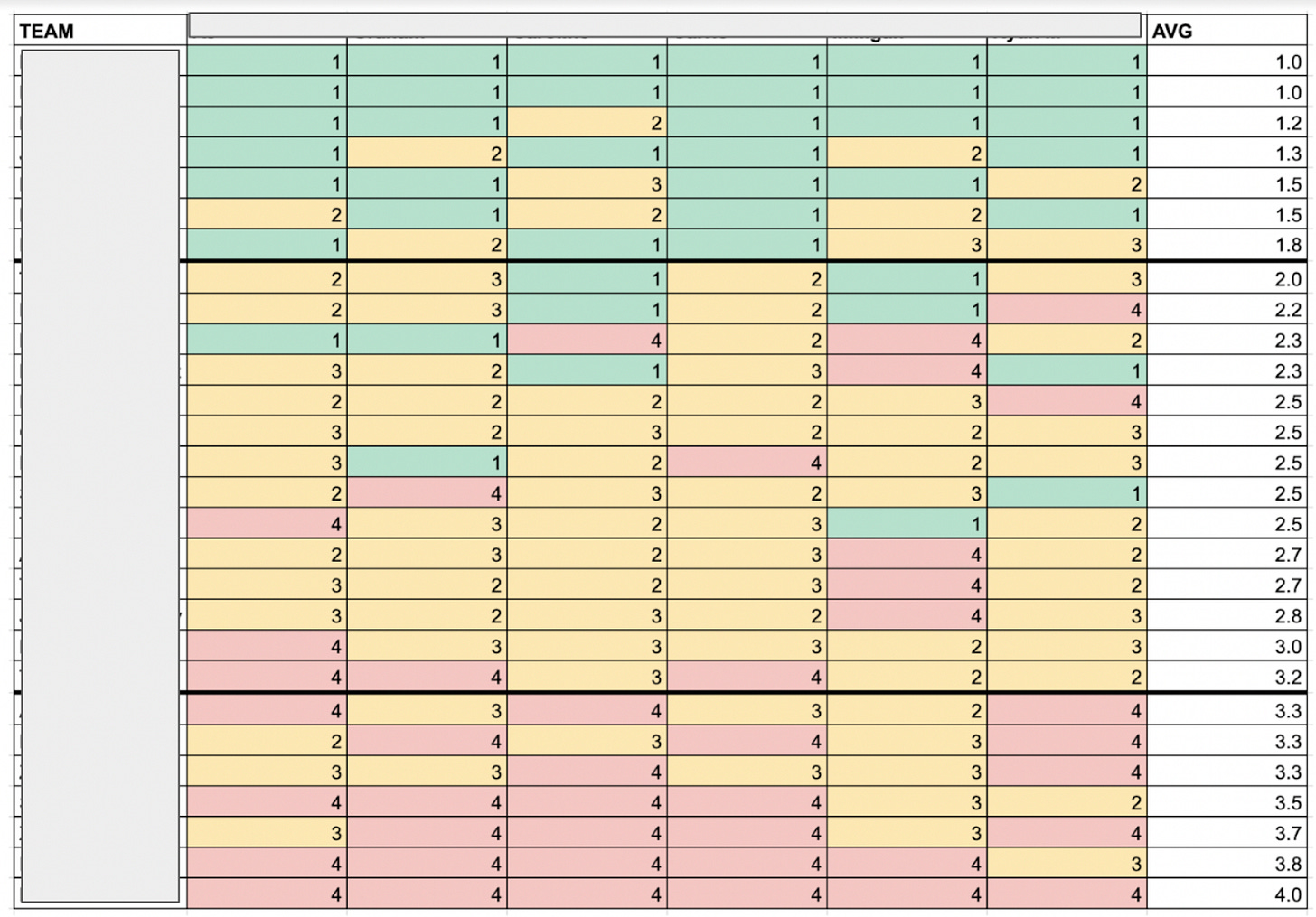How to Identify and Invest in Top Talent
Use these frameworks to align your leadership team and get the most from your next offsite.
DEAR STAGE 2: We doubled team size in the last year and I’m having a harder time keeping a pulse on employee performance. We’re doing a leadership team offsite next month and I’m looking for ideas on how I can set up a session to discuss strategies for investing in our top talent, provide more direct feedback, and move faster to exit low performers. Do you have any frameworks you can share to help facilitate a conversation at our next offsite? ~INVESTING IN TALENT
DEAR INVESTING IN TALENT: Sure do! Let’s cut right to the chase - there are two common frameworks that can help structure this discussion:
The 9-Box (or 12-Box) Model
I wrote a deep dive on the 9-box model here, but the TL;DR is that this framework assesses employees across two axes:
Performance (always included)
Potential, Values, or another strategic dimension
You then categorize/plot employees based on their combined scores and decide whether to invest, coach, or exit them accordingly.
Best for: Aligning leadership—especially when leaders don’t have full exposure to employees outside their direct teams. Let the direct manager lead the conversation around his/her team, but gather feedback from others.
Challenges: Requires prep work and clear calibration to ensure consistency in how employees are rated. For example, when someone is recently promoted the performance bar changes.
The Stack Ranking Model
A more straightforward (but less nuanced) approach. Leaders rank employees from top to bottom using their own criteria (e.g., impact, potential, performance). To get a clear visual output, each employee has a row and each leader ranking the team has a column. The 1-4 numbers indicated the quartiles - top 25% in green/1, middle 50% in yellow/2-3, bottom 25% in red/4:
A key decision: Do managers rank only their own teams, 1-2 departments or the entire company? If ranking more broadly, focus discussions on discrepancies (e.g., if a VP of Product sees someone as a star, but another leader places them in the bottom 25% – “what are you seeing that I’m missing?”).
Best for: Faster conversations with a focus on high and low performers, as well as outlier ratings.
Challenges: Less structured—each leader applies their own judgment, which can highlight misalignment.
When it comes time for the discussion, I would try to do three things:
What are we doing to invest in, retain and grow our top 25%
What feedback are we providing to our middle 50% and what change are we looking to see in the coming period?
Should anyone in the bottom 25% be on an exit path?
Now the interesting thing about this model is that you are ranking employees relative to others, whereas in the 9 box you are looking for period over period personal improvement. It’s possible that your bottom 25% are not underperformers and simply in less impactful roles.
Hope this helps guide a productive conversation at your offsite!
Until next week!





